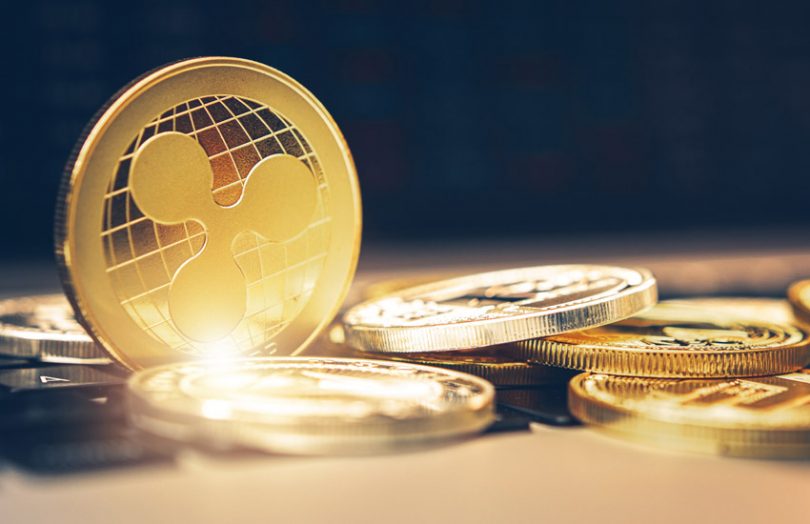Today Ripple announced it’s acquiring 40% of Malaysian payments firm Tranglo. The deal means Tranglo will adopt Ripple’s On Demand Liquidity (ODL) solution, which uses XRP.
As of September last year, Tranglo’s cumulative transaction value was $6.91 billion. The company has offices across Asia, including Kuala Lumpur, Singapore, Jakarta, Dubai as well as London. It also has deals with telecoms firms such as the UAE’s Etisalat and Singapore’s Singtel and claims to connect to 2,500 mobile operators. Plus Tranglo says it links to 1,300 banks or wallets and 130,000 cash pickup points.
The Ripple announcement stated the payments company would use Ripple’s ODL in existing corridors’ such as the Philippines’ and will introduce new ODL corridors. Tranglo will also use Ripple’s Line of Credit, an incentive for remittances companies that provides a working capital solution.
But the big question is how broadly will Tranglo use ODL? Here’s what Tranglo said: “By partnering closely with Ripple and introducing On-Demand Liquidity to new markets, we aim to further that ambition to provide accessible and equitable financial services to the masses,” said Jacky Lee, Tranglo CEO.
A few weeks ago, the Ripple commercial deal with Moneygram was terminated following a U.S. SEC lawsuit against Ripple alleging XRP is a security. However, despite a $50 million investment, it turned out that Monegram was only using XRP for four currencies.
While Ripple has run into regulatory headwinds with its U.S. SEC lawsuit, it hasn’t encountered the same pushback in Asia. Shareholder Japan’s SBI has been very supportive and Ripple invested in SBI’s Money Tap. However, Money Tap is more about leveraging the RippleNet technology than XRP.






